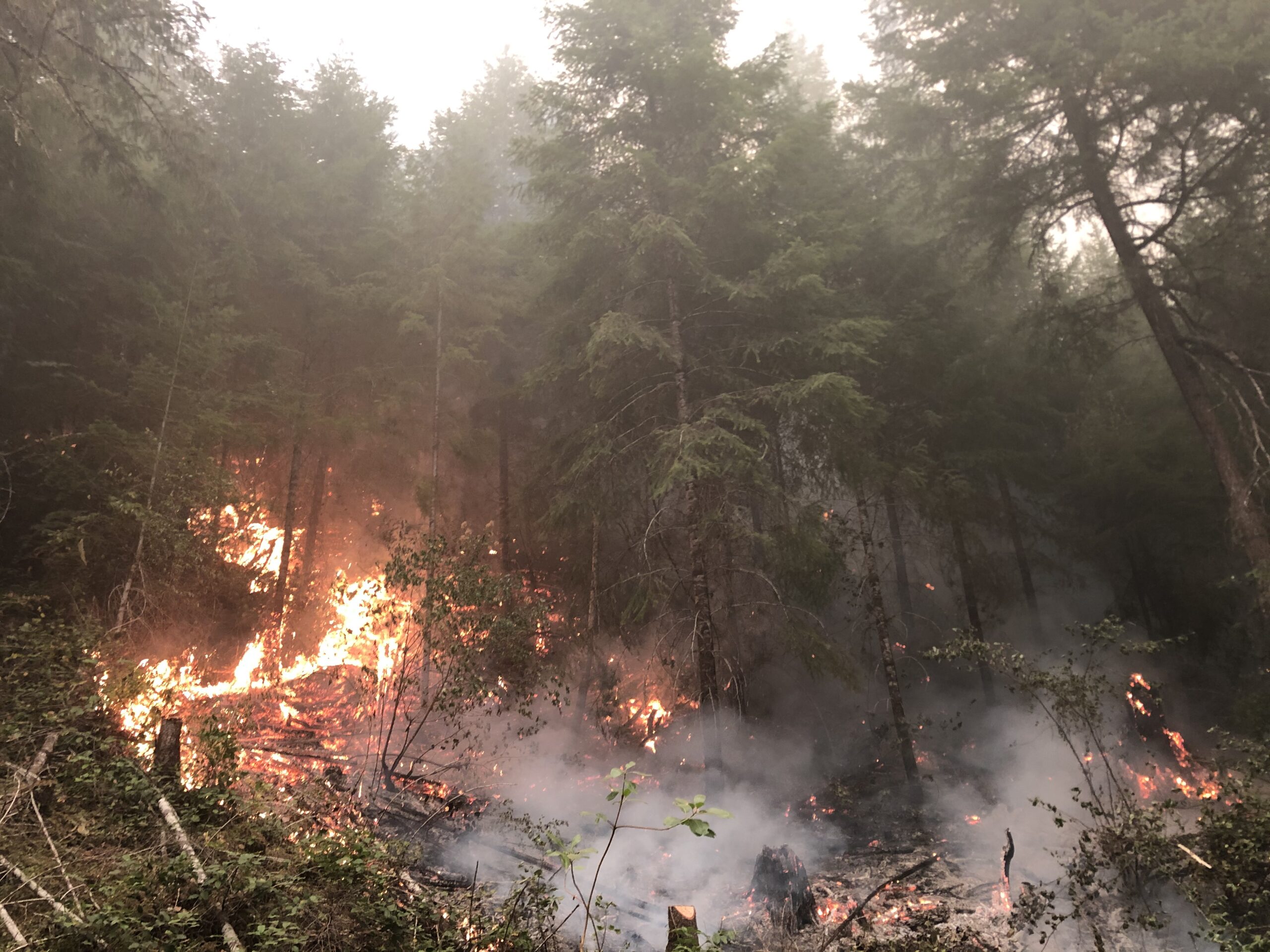Often used interchangeably, the terms fire severity and fire intensity are actually different and convey different information. Given the increase in attention on wildfire, it’s worth understanding the definitions of the terms and the limitations of their use.
Fire intensity is most often used to describe the energy output of a fire, but has been criticized for its narrow focus on measures like fireline intensity (which quantifies the amount of heat energy released per unit distance along the flaming front of a fire), which may not fully capture the diverse impacts of fire energy on ecosystems. The term fire severity has also been subject to confusion, with some authors broadening its definition to include ecosystem responses, leading to ambiguity in its operational use. Empirical studies have typically defined fire severity based on the loss or change in organic matter (for example, how much biomass is consumed in a fire), but there is variability in the metrics used, contributing to further confusion.
Despite these challenges, some argue for retaining the original terminology as an organizational tool, suggesting that clarification of operational definitions could alleviate confusion. Remote imaging technology has further complicated matters, as it may not always align with traditional measures of fire intensity and severity. Fireline intensity, often used as a measure of fire intensity, has limitations in its applicability and measurement methods, leading to challenges in making cross-ecosystem comparisons.
Fire severity, primarily focused on the loss or decomposition of organic matter, has been correlated with fire intensity but varies depending on ecosystem type and other factors. Burn severity, a term gaining popularity, is sometimes used interchangeably with fire severity but may include a broader range of attributes, leading to potential confusion. Remote sensing techniques for assessing burned areas often use burn severity indices, but there are challenges in interpreting these results, especially regarding ecosystem responses.
Ecosystem responses to fire, including vegetation regeneration and soil erosion, are critical considerations for resource managers. While some responses are correlated with fire intensity or severity, others are influenced by a range of biotic and abiotic factors. Mechanistic models are needed to better understand these relationships and guide post-fire management practices. Ultimately, distinguishing between measures of severity and ecosystem response is essential for effective fire management strategies.

